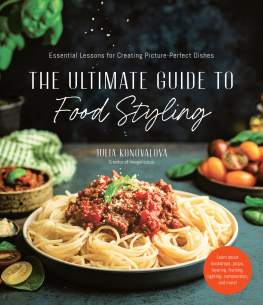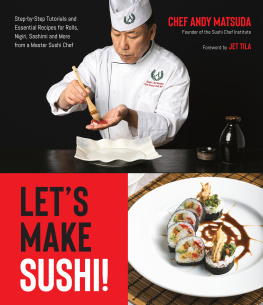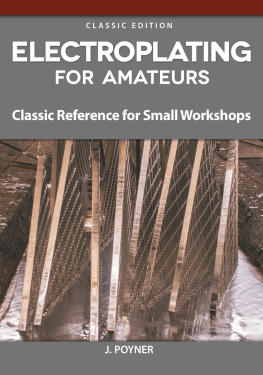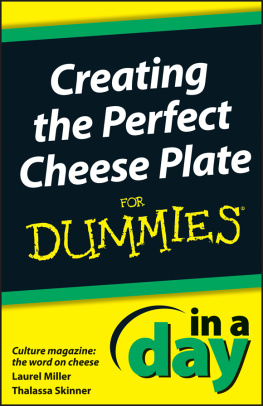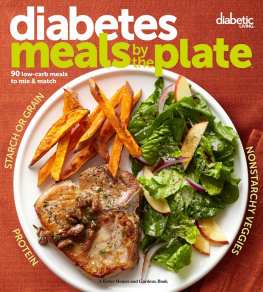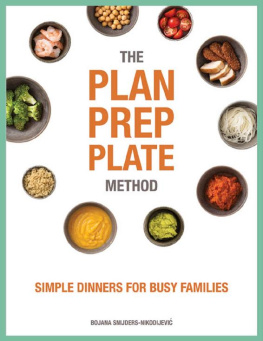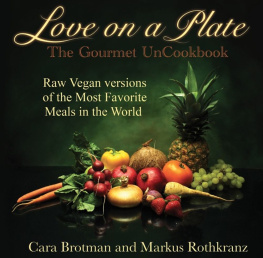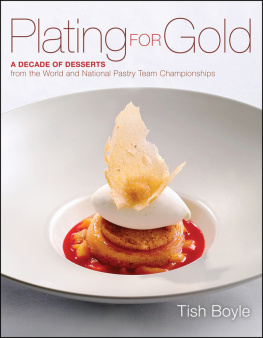Table of Contents
SECTION 1 - INTRODUCTION
Tasting through the eyes you see
Letting the mind rejoice in glee
The styled food presented each hour
Is always to enjoy and savour.
The above saying translates loosely into a well presented meal everyday calms the mind and offers a visual treat". We eat with our eyes first - cliched but true.The experience of having food is a mix of all senses - visual, smell and taste.
In a restaurant setting, plating refers to the arrangement, decoration and presentation of the food to give a visual aesthetic appeal to the diner.
Many myths surround food plating and presentation. It takes a world class chef to do it. You need to be an artist to present food well with designs and props. Only gourmet food can be presented and plated well. These are just myths. Anyone anywhere can present and plate any food to make visually appealing.
Food presentation is now catching the fancy of the common man. I can cook therefore I can plate well too is the new motto now, with emphasis on size, colour, mix, texture and presentation, not just of the food but of the backgrounds and props as well. This book is an attempt towards demystifying the process of plating.
Just like any other art form, plating requires imagination, creativity and practice to create our own unique style of plating.
Food plating has evolved over years - the earliest mention of it being in the century-old Kaiseki tradition. The Japanese have had a major influence on plating, even before the western world knew about it. The French cuisine underwent a major change during the 17th and 18th centuries. Antonin Careme is said to be the first person to infuse the original presentation.
Indian food is generally served in bowls or katoris, with rice and roti (flat bread). It is commonly believed Indian food cannot be plated well. However all it takes is a little creativity about balancing the textures, colours, form, while managing to keep the contents of thali as traditional as it can be.
Basically, there are few key rules when it comes to good plating.
Keep the presentation simple
Highlight the main dish or the key ingredient
Clutter distracts the eyes. Avoid clutter as it confuses the diner. Too many elements on the plate are not advised.
Balancing is about playing around with colours, shapes and textures. Do not be afraid to experiment with them.
The presentation should not dominate the flavour, function and yet should highlight the dish.
Garnishing is the highlight of the dish served. It should enhance the flavour of the dish.
This book is an attempt at demystifying this art and making it as easy as possible to plate food with tools available at home.
DEDICATION
To all the budding food artists and to those who believe they can create art in food plating.
OPOS PRIMER
1. The OPOS Magic:
It took us 15 years, 780 blog posts, 26097 volunteers, 52 children, tonnes of provisions, 1208 files, 10411 Facebook posts, 5601 photos, 320 videos, millions of arguments, 1 dictator, 15 comedians, 1 world record, 4 restaurants, 16 chefs, 14 events and 22 corporate demos before the first OPOS book was published in 2018. We made more progress in the last one year than we did in the past 15 years. OPOS became a firm part of thousands of kitchens across the world. It is being shaped and refined by this vast community. You now hold the key to this magical world!
2. What is OPOS?
OPOS (One Pot, One Shot) is a set of scientific cooking techniques designed to unchain you from the kitchen, cut drudgery and empower anyone to cook confidently. All OPOS recipes use One Pot and all cooking is done at One Shot. No steps. No supervision. From pastas to paneer makhani, malai kofta to mysorepak, OPOS recipes are easier and faster than cooking instant noodles!
3. The OPOS Promise:
OPOS is a cleaner, greener, healthier, tastier and faster way to cook just about anything.
OPOS works for anyone, anywhere, anytime.
4. Why OPOS?
OPOS is Green. One pot to wash.
OPOS is Clean. Hygienic. Less mess.
OPOS is Fast. Fresh food in minutes.
OPOS is Liberating. No supervision.
OPOS is Healthy. Maximises nutrition.
OPOS is Flexible. Cook your way.
OPOS is Economical. Saves fuel and water.
OPOS is Tasty. Intense flavours.
OPOS is Transparent. Works for all.
OPOS is Consistent. Works every time.
OPOS is Universal. Cooks all cuisines!
5. Tried and Tested:
Every single OPOS recipe is debated, tested, fine tuned and validated hundreds of times by members of OPOS School and OPOS Support Group Facebook groups. The work of this passionate group of doctors, nutritionists, dietitians, bloggers, authors, chefs, food stylists, artists, homemakers, actors, scientists, caterers and many others continues to shape OPOS.
6. I was always OPOSing!
OPOS is not a fancy word for pressure cooking. High Heat, Low Time, No Water is the OPOS mantra. It is the opposite of traditional pressure cooking where food is cooked on medium/ low heat, for a long time, with loads of water.
OPOS is not dump all into a cooker cooking style. Very few OPOS recipes follow the dump all technique. Most OPOS recipes are built on PressureBaking & Cold Pressure Frying, brand new cooking techniques developed for OPOS. These along with other techniques listed below are responsible for the intense colour, flavour, taste and textures of OPOS dishes.
7. OPOS Techniques:
Attalysis, Bottled tadka, Controlled evaporation, Controlled caramelisation, Cold Pressure Frying, Dum cooking, Emulsification, Hydro distillation, Inner pot cooking, Just Enough Liquid, Key building blocks, Layering, No prep cooking, Oil free cooking, PressureBaking, Queuing, Retained heat, Sugar Syrup hack, Use of staples, Very long marination, Xtra long storage, Yolk colour retention and Zoned PressureBaking are the key OPOS techniques powering all OPOS recipes.
8. OPOS vs. Tradition:
Traditional recipes were not designed for todays lifestyle. Many of us lack the time, skill and support to make traditional recipes work. OPOS replaces manual skill with the right equipment and technique. OPOS standardises cooking conditions to make all recipes work the same way for anyone, anywhere, anytime. Use standardised equipment and follow recipes to experience magic!
9. Equipment needed:
OPOS is about standardisation. Deskilling comes at a price. For OPOS recipes to work, you need to use standard equipment and standardised recipes. OPOS works best with the PressureBaker and CookBot available at www.oposkit.com. The PressureBaker is a supercharged version of a pressure cooker, designed to cook without water and over high heat. Though you can use regular 2L pressure cookers for basic recipes, it is risky using them for advanced lessons.
10. Measures:
Use standard measuring cups, spoons (1C = 240 ml, 1tsp = 5 ml, 1Tbsp = 15 ml) and a kitchen scale. Use measuring cups for liquids and weighing scale for solids, especially in tricky recipes like sugar syrup.
11. Shopping list:
Starch: Rice, poha, vermicelli, pasta, noodles, puffed rice, rava, wheat flour, rice flour, millet, oats, sago.
Protein: Tur dal, mung dal, chana dal, chickpeas, kidney beans, green peas, gram flour, roasted gram, soya chunks, whole mung, sprouts, paneer, mushroom, chicken, mutton, other meats, fish, seafood and eggs.
Micronutrients: Onion, tomato, fresh vegetables, spinach.
Fats: Ghee, virgin oils (sesame, coconut, peanut), mustard oil, refined vegetable oils


